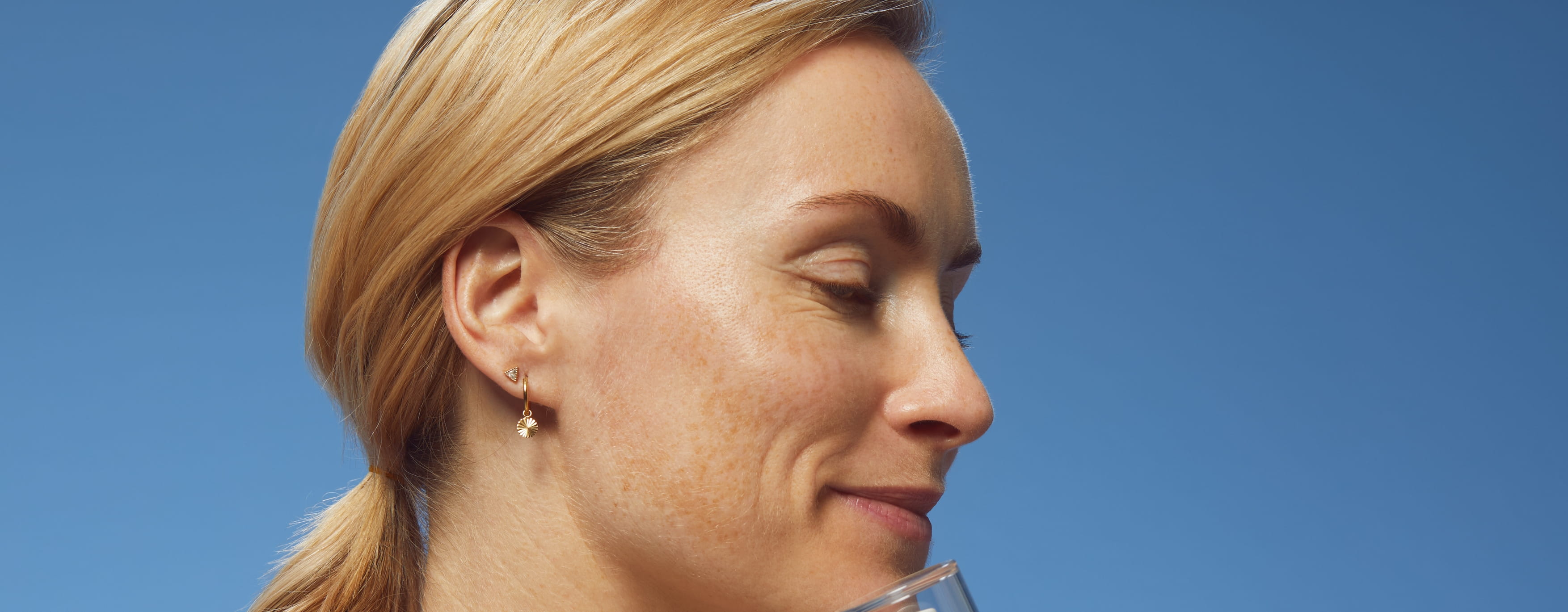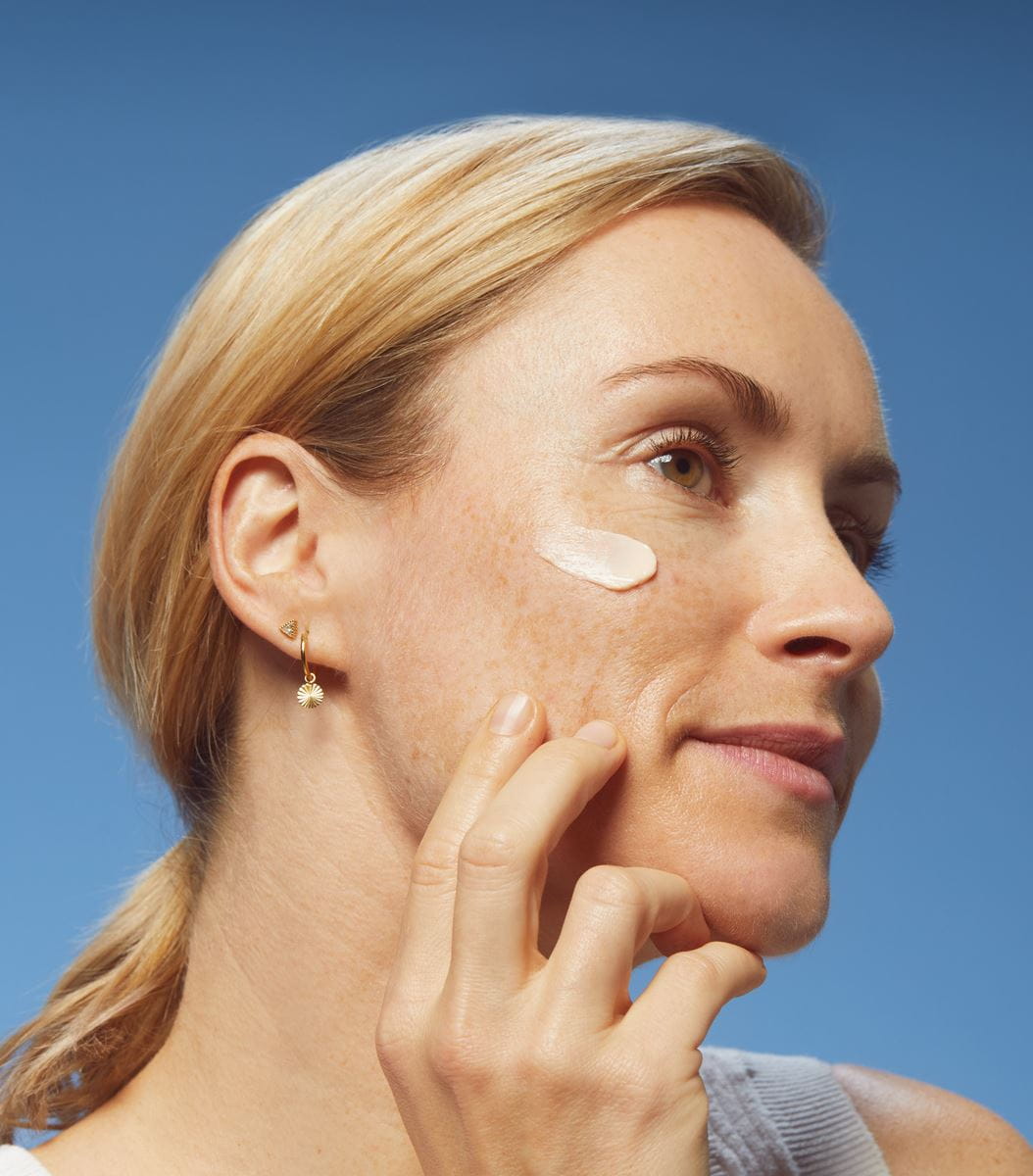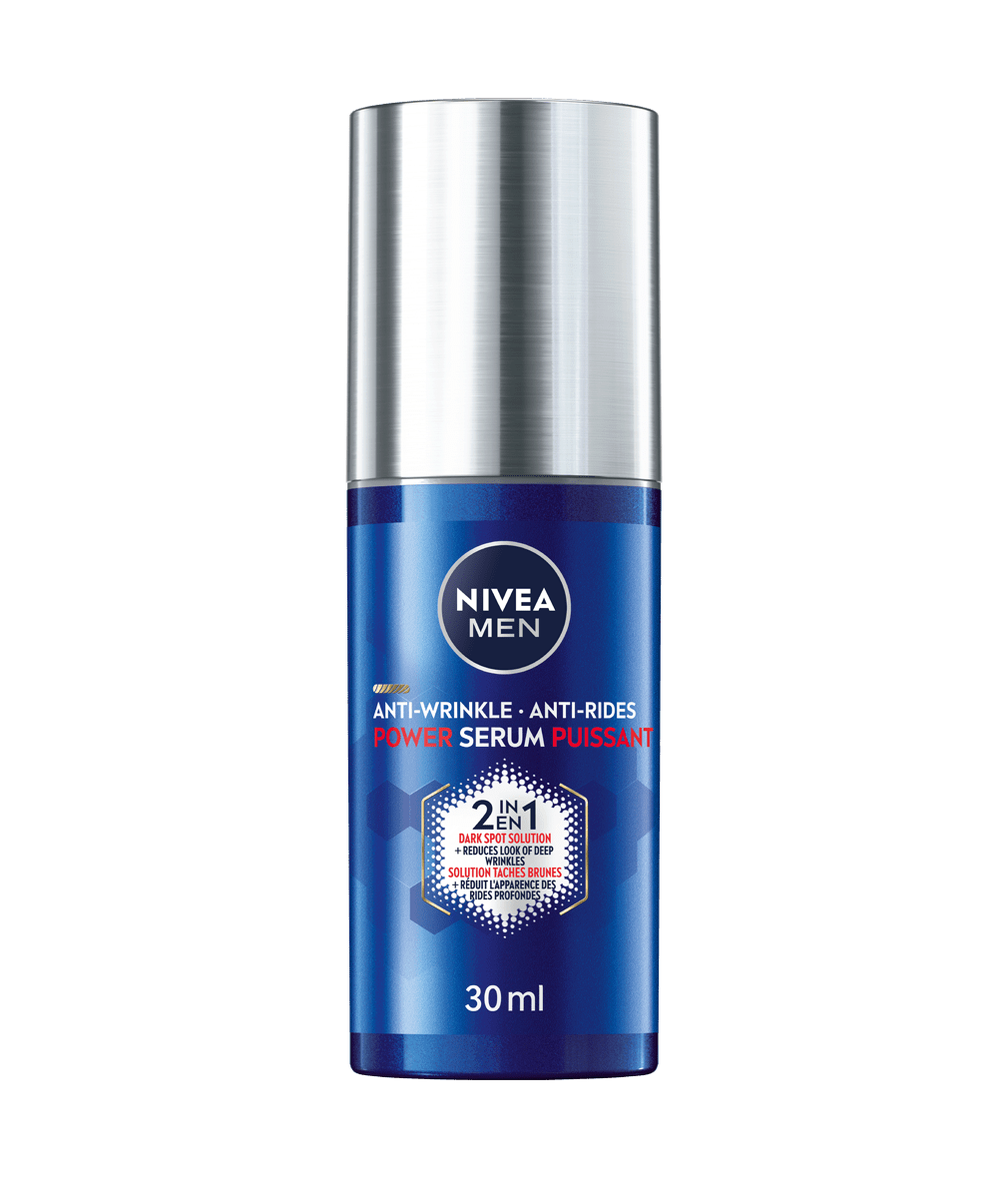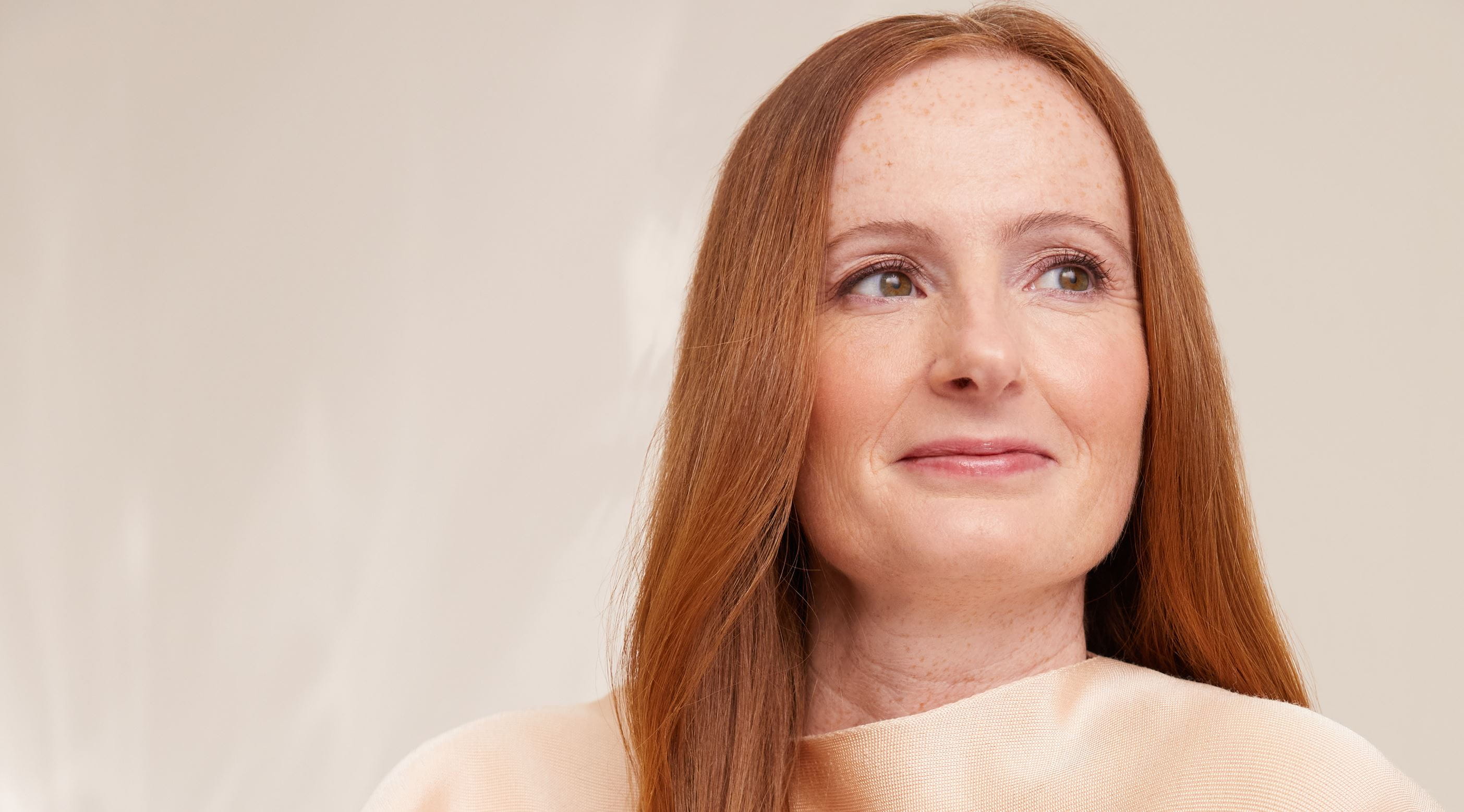
Sun Spots on Skin
The ultimate guide on sun spots, discover everything you need to know about sun spots, their causes & how can they be prevented.
Help for Sun Spots on Skin
Sun spots on the skin are common, particularly as people age. While generally harmless, they can affect the overall appearance and radiance of the skin. Learn more about what causes sun spots, how to help reduce their appearance, and how to help prevent them.
6 places you can find sun spots
Where do sun spots develop on the body?
Sun spots predominantly develop on areas of the body that receive regular exposure to sunlight. Here's a list of places you might find sun spots on your body:
4 causes of sun spots
What causes sun spots?
Understanding the causes behind the development of sun spots is crucial for effective skincare. Here are 4 causes of sun spots:
How to help prevent sun damage that can lead to sun spots
Preventing sun spots involves adopting sun-safe practices to minimize exposure to harmful UV rays. Here are effective ways to help prevent sun spots by limiting your sun exposure:
Can you get rid of sun spots on the skin?
While there are some dermatological procedures that can help fade sun spots, generally there is no surefire way to completely eliminate them. That said, there are some ways that you can help reduce the appearance of dark spots on the skin caused by the sun.
For all of the following treatment methods, be sure to consult with a board-certified dermatologist to find out what would be most appropriate for you:
For all of the following treatment methods, be sure to consult with a board-certified dermatologist to find out what would be most appropriate for you:
Skincare routine to help reduce the appearance of sun spots
NIVEA takes a proactive approach to skincare, offering a comprehensive routine crafted to address and help prevent various skin concerns, including dark spots caused by sun exposure.
Here's a suggested sun spots routine using NIVEA products:
Here's a suggested sun spots routine using NIVEA products:
Can NIVEA help with the appearance of sun spots?
The best way to deal with sun spots on the skin is to prevent them from happening in the first place. Protecting skin from the sun’s harmful UV rays is the key to helping prevent premature signs of aging due to the sun like wrinkles and sunspots. Using a broad-spectrum sunscreen with a high SPF in conjunction with other sun protection measures will help keep skin protected.
FACTS OVERVIEW
Sun spots facts
What is LUMINOUS630® and why is it good for sun spots?
SUMMARY
Sun spots at a glance
Sun spots, or solar lentigines, are pigmented patches on the skin caused by prolonged exposure to the sun's UV rays. While generally harmless, they can affect the overall appearance and radiance of the skin. By adopting protective measures, such as regular sunscreen use, wearing protective clothing, and avoiding sun exposure during peak times of the day, people can effectively minimize the risk of sun spot development.




